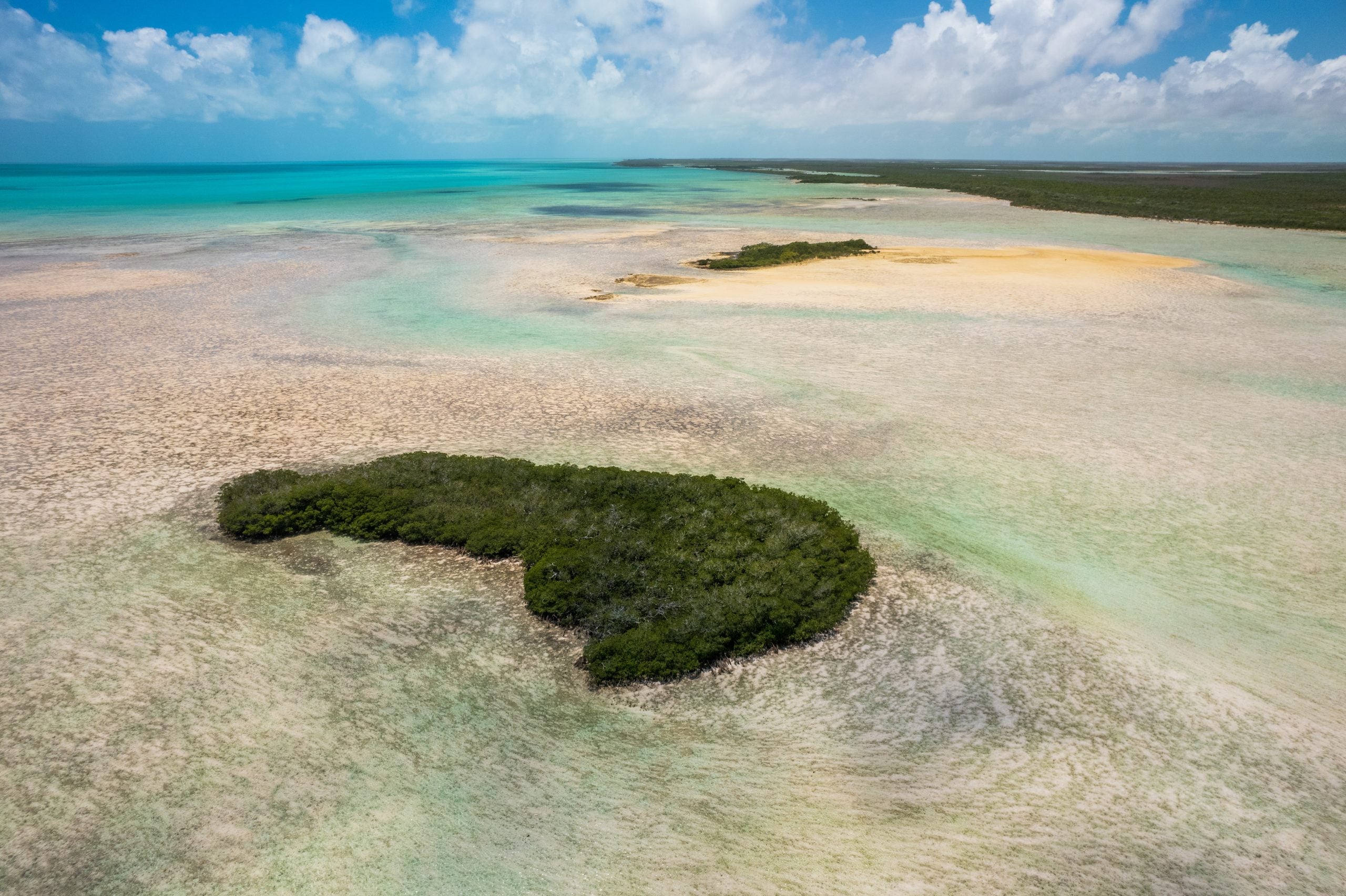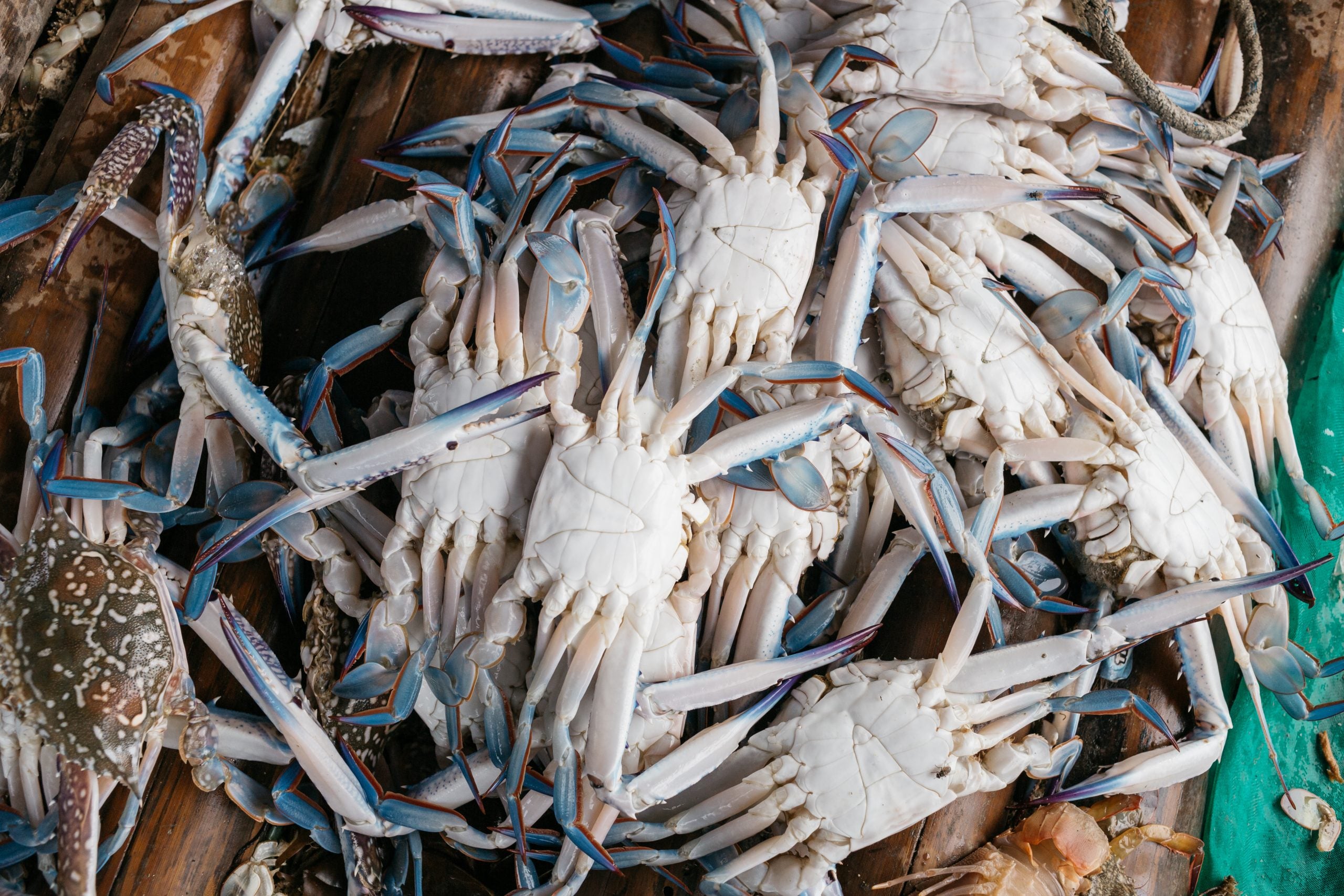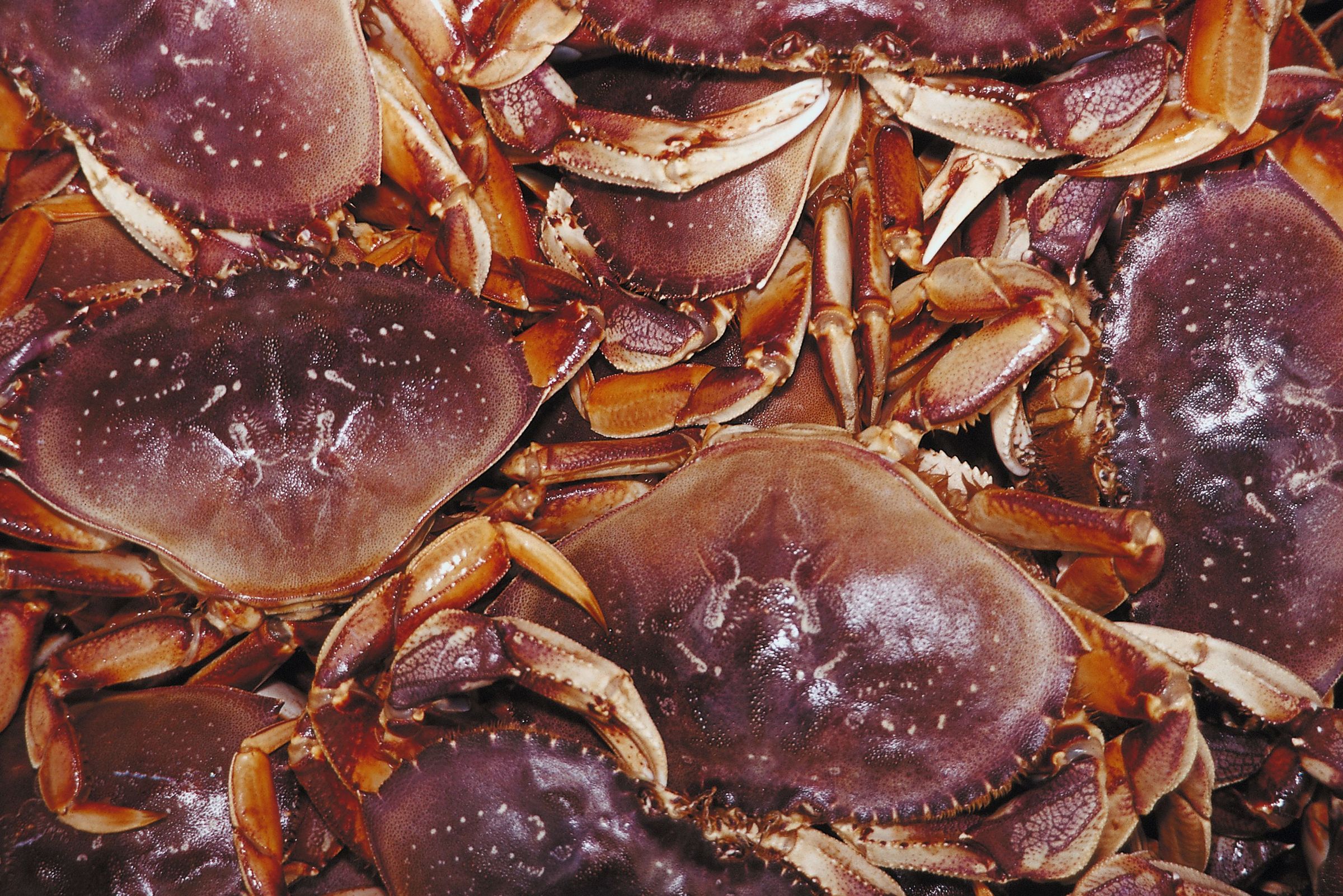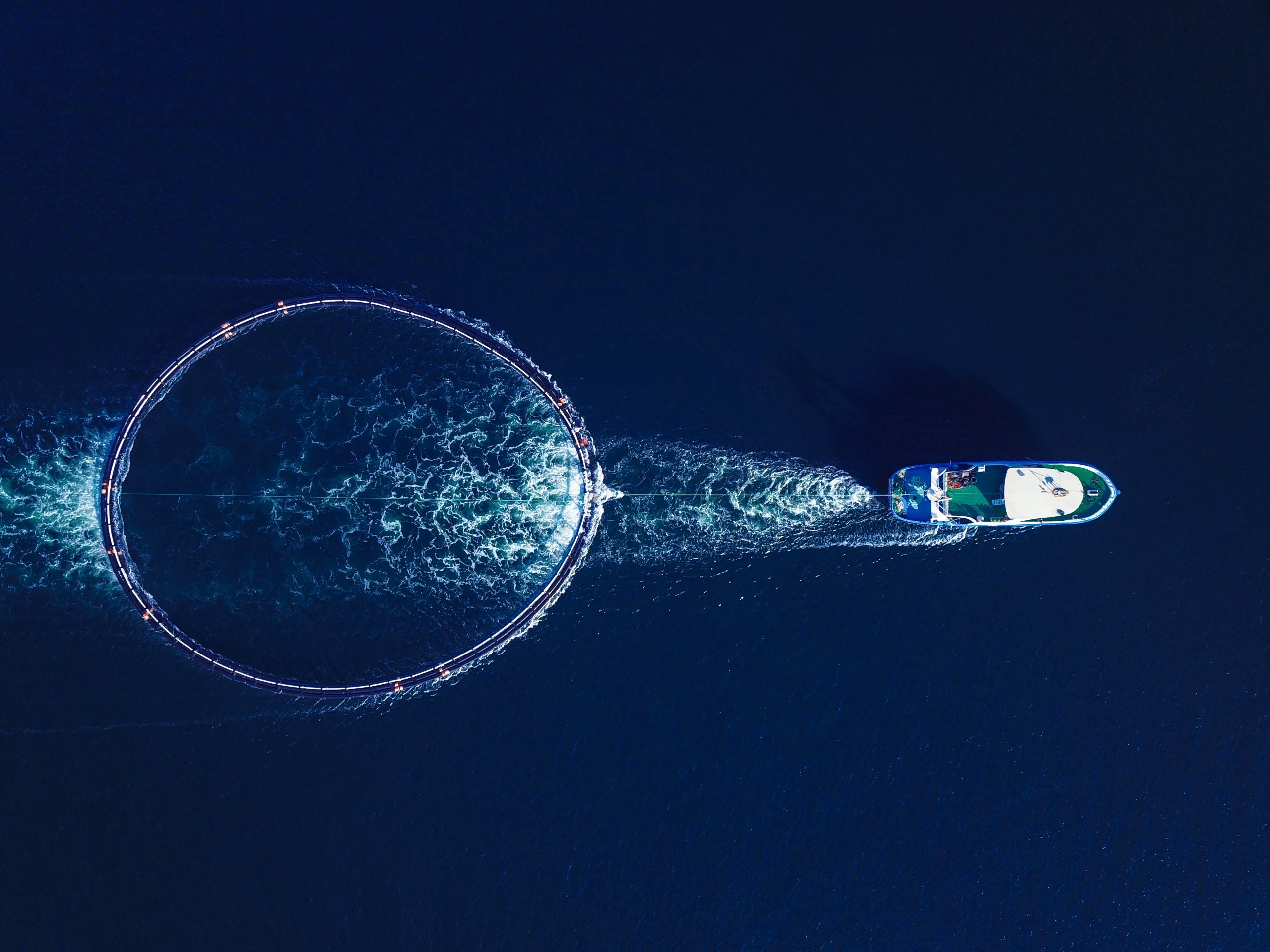By Gemma Carroll, Jacob Eurich and Krista Sherman
Shervin Tate is a recreational fishing guide in The Bahamas, known locally as the Bonefish Specialist. He takes visiting anglers by boat to fish remote beaches and shallow water flats flanked by mangroves. The ultimate prize for his guests is landing and releasing a bonefish: pound for pound, one of the strongest sportfish in the world. Shervin assesses the conditions to select the perfect place to fish, then he and the angler scan the flats for where to target the next cast. Read More





